
Creating a Certified Wildlife Habitat Is Easier Than You Think
Five simple additions that can make even the smallest of outdoor spaces more beneficial.
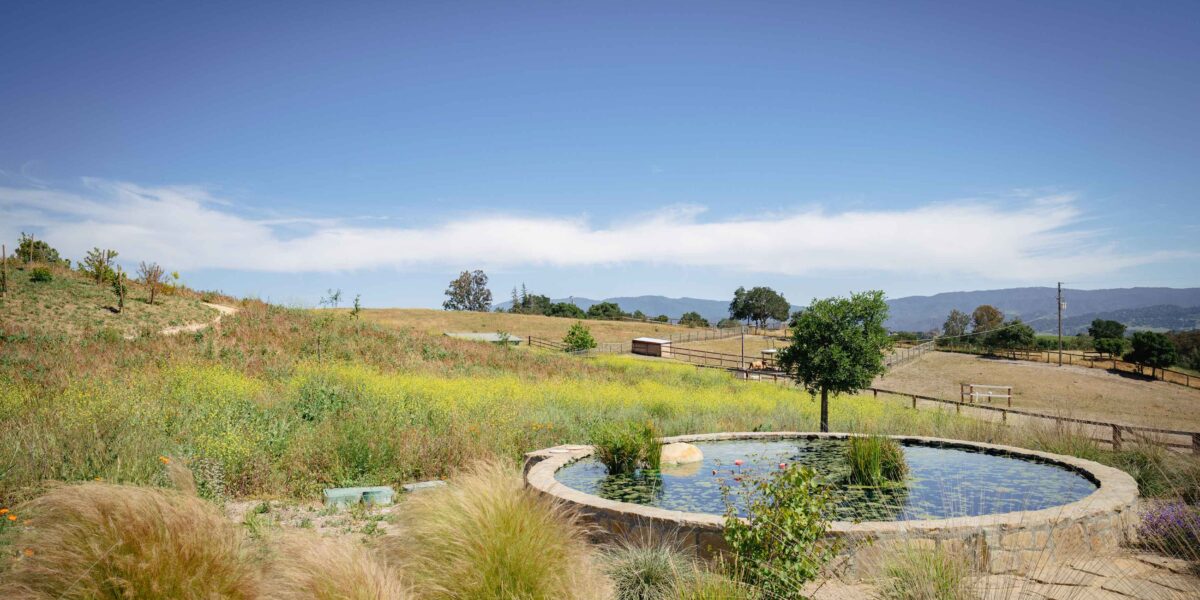
What if I told you that any outdoor space can be transformed into a buzzing life-filled habitat by implementing just a few simple changes? Yes, even small patios, tricky front yards, and parking strips can be maximized to offer resources for our beneficial wildlife. Struggling with HOA rules? Fear not! Your yard won’t have to look like a big ol’ pile of twigs, because being mindful doesn’t equal being messy. Plus, if you do qualify for official certification, you’ll get a nifty sign to put up in your front yard to let your neighbors know you care… and that maybe they should, too.
There really isn’t an excuse not to turn your space into a certified wildlife habitat. With organic gardening products and native plants becoming more readily available, one stop at your local nursery can put you on your way to creating a more sustainable and wildlife-friendly environment. Ready to get certified!? I’m going to walk you through each step to qualification while offering a simple stylish solution that will bring joy to you and the ecosystem waiting to burst into life around you.
1. Create Food Sources
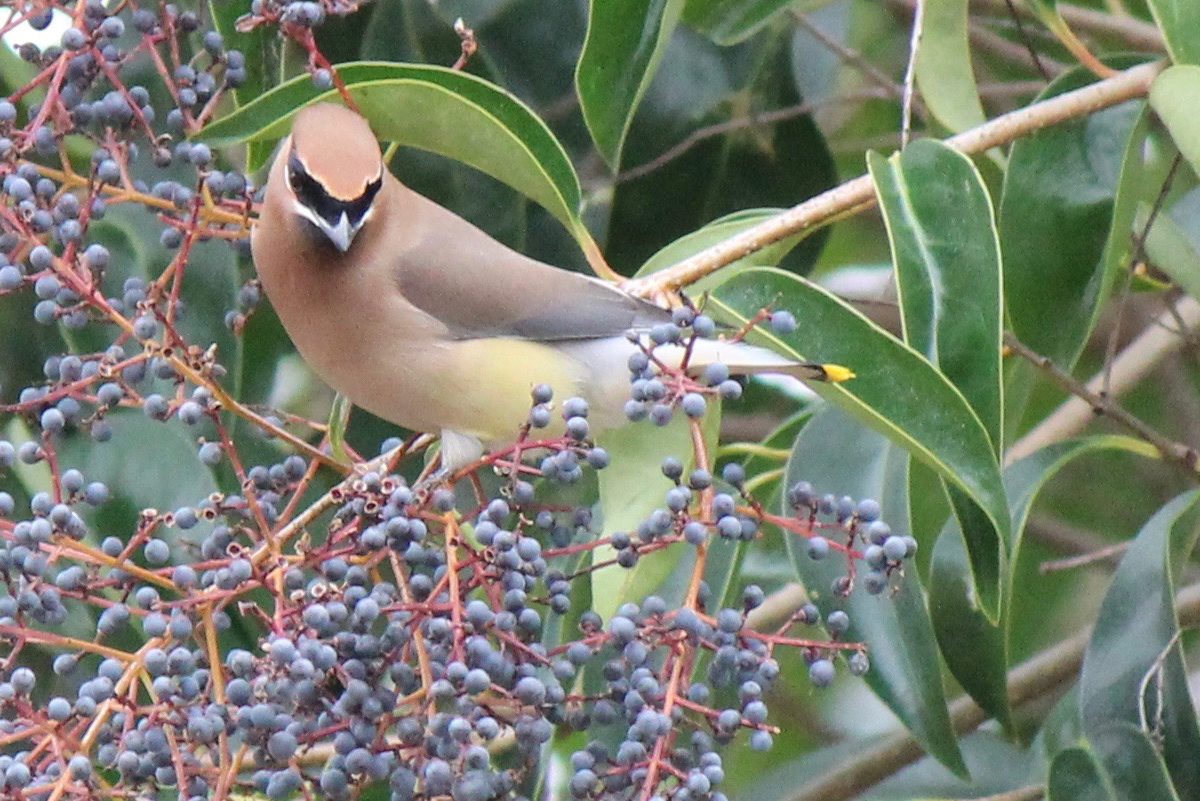
Nicole Clausing
Providing food doesn’t mean stringing up a dozen bird feeders (although if you did choose one to put up, this would be our pick). Most living things actually prefer a localized diet of seeds, berries, and insects, which can all be provided through the right assortment of native plants. Keep those munching caterpillars off your garden veggies by providing plants that they will love as well. Research proves that hungry birds, bees, and other insects prefer native vegetation over your raised bed offerings. Here are three powerhouse plants to consider:
Toyon (Heteromeles arbutifolia): The most underrated native plant of California, this evergreen shrub can be manicured into privacy hedges or left to grow into a stately multi-trunk tree. It not only can grow effortlessly in a number of conditions, but it also feeds a multitude of birds and insects while also providing shelter for them.
Blue Elderberry (Sambucus mexicana): Another impressive source for a wide span of wildlife, spring’s large clusters of cream-colored flowers attract butterflies and bees while the blue berries provide food for birds and other animals. A must for butterfly and bird gardens.
Native Salvias: With over 80 different species native to our Western region, there is a salvia for every garden and every kind of creature you’re looking to attract. Hummingbird sage, Cleveland sage, creeping black sage… no matter if you’re looking for a stately shrub or a water-wise ground cover, any of these salvias will create a beautiful landscape while providing a host for moths, nectar for hummingbirds and butterflies, and seeds for other feathered friends—that is if you leave the seed heads on.
2. Provide Water
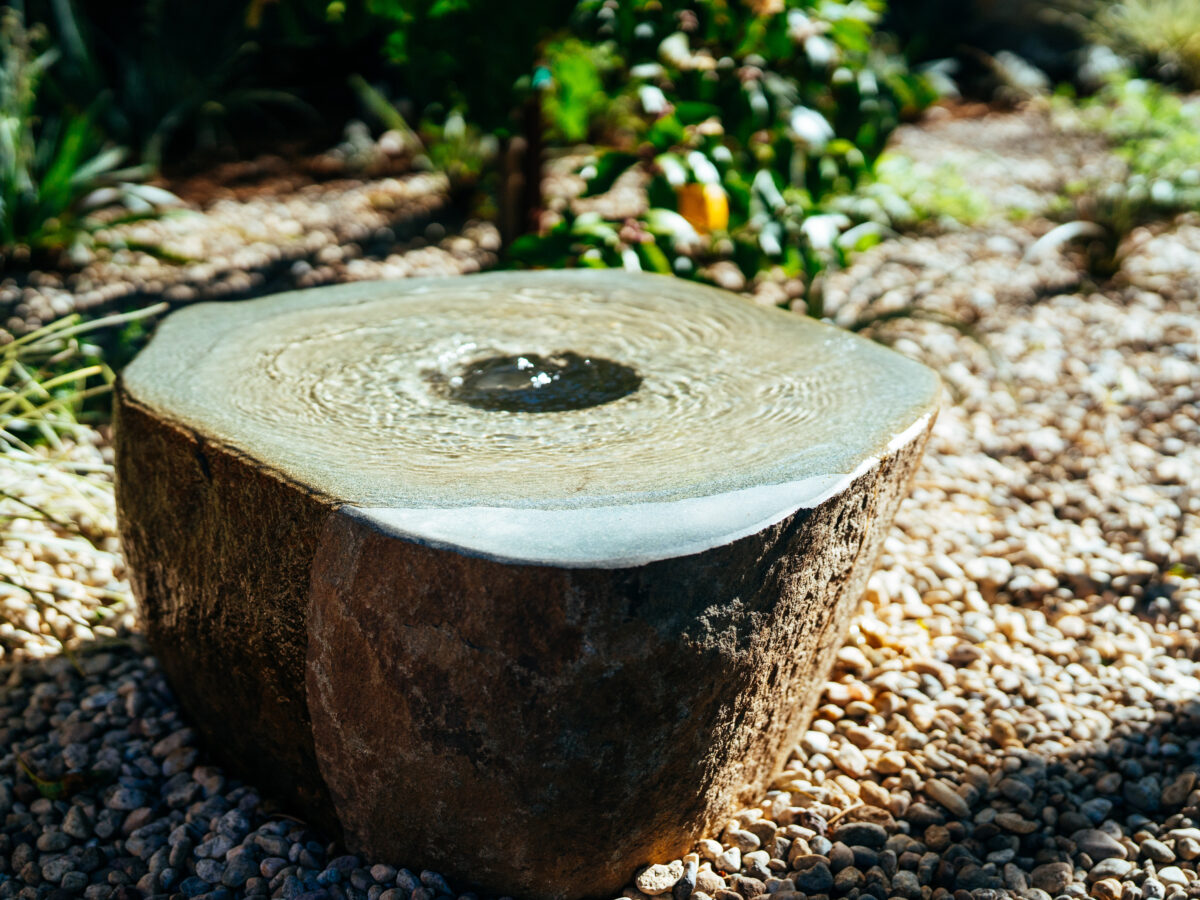
Suzanne Strong
A bubbling fountain will not only bring on Zen garden vibes, but also provide a drink station for birds, bees, and other critters. Don’t feel pressured into procuring a traditional bird bath, as stagnant water brings its own list of problems. Instead look for a small rock bubbler or petite patio fountain. Even the smallest water offering in the form of a bee cup is providing necessary hydration hidden in the smallest windowsill pots. If you do opt for a larger fountain, try using a solar bubbler which will keep mosquitoes away while allowing for placement in more private pockets of the yard that don’t have access to an outlet. Speaking of placement, if you’d like to encourage more activity, place your water source in a quiet area surrounded by trees or shrubs, which creates a safe place to scope out the area before taking a splash.
3. Make Some Shelter

Stephen Gunther
Most people get scared with this step and think they have to start hanging bat houses or leave large piles of sticks for burrowing. While both are fantastic options, if space and neighborhood permit, you can cross this one off your checklist if you’ve chosen from plants in the above food-source section because most natives can provide both food and shelter. However, If you’re looking to add even more botanical diversity to your plot, and earn a little extra credit, this additional plant would be exceptional for providing character to your landscape and shelter for your wildlife:
Ceanothus: Also known as mountain lilac, this evergreen shrub has several species capable of adding sustainable style to a number of landscaping needs. Grow the ‘Concha’ variety tall as a small tree with brilliant blue blooms, or select a creeping variety such as ‘Yankee Point’ as a mounding ground cover in areas with no foot traffic. ‘Green Bark’ has whimsical white blooms that would compliment a cottage garden, and several taller varieties can be trained to grow up a trellis. Ceanothus blooms bring on the bees, canopies host essential moths and butterflies, and birds find comfort in its cover. One purposefully placed plant can attract a lot more than just looks.
Want to complete this step but don’t have room for larger plantings? Set aside a Saturday and make (or buy) a bug hotel and hang it in a quiet cool place. Voila, little critters have some new digs and you’re one step closer to being certified!
4. Provide Places to Raise Young
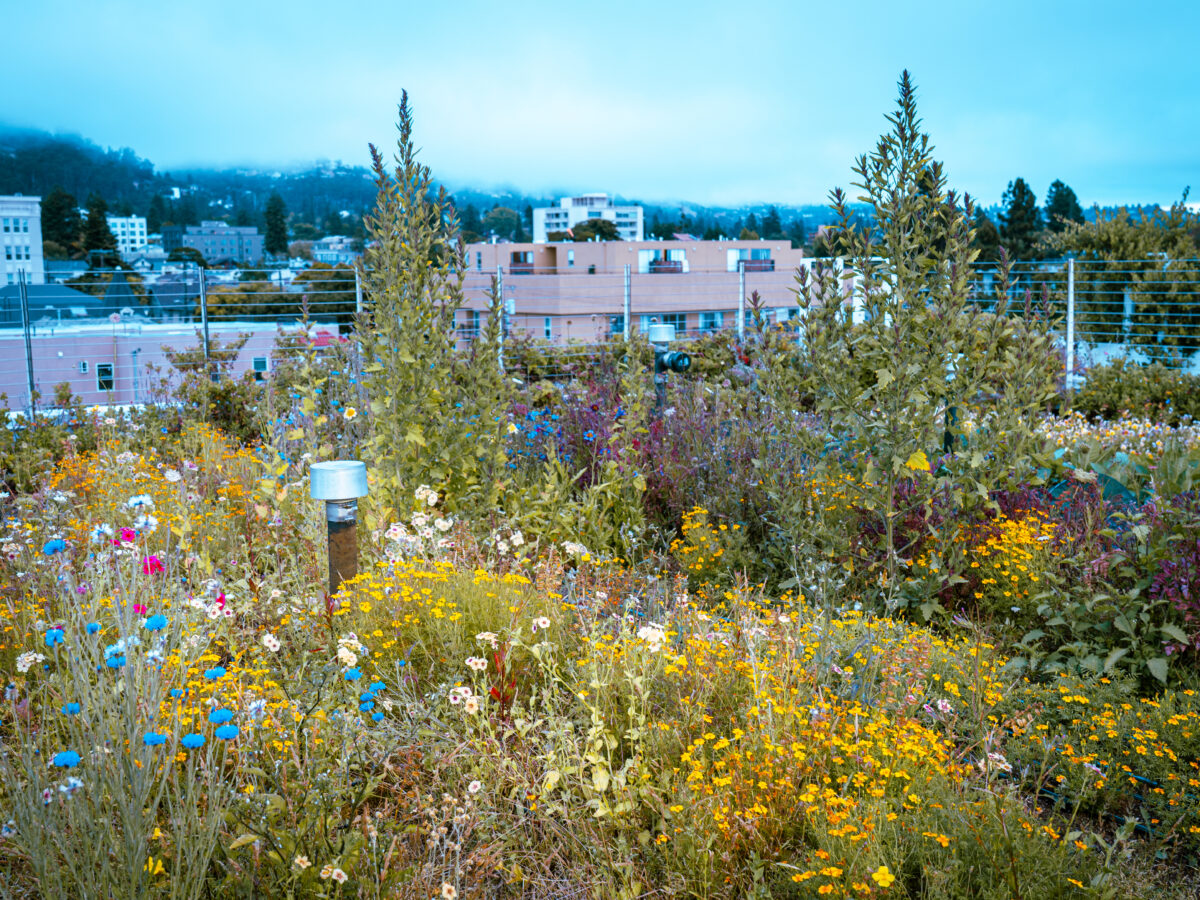
Thomas J. Story
Both toyon and ceanothus can offer nesting materials and coverage for your budding bird families. However, if you’d like to take your birding to the next level, or if you live in an apartment with a balcony, you can also accomplish this step by adding a dapper dwelling that also offers some digital surveillance. (Don’t worry, if surf shack is more your style, there’s one for you too.)
If you’re on team wildflower and have sprinkled every cranny and sidewalk strip with seed, you’ve also just checked off this step. Wildflower meadows and flowering native bushes provide butterflies and moths a seasonal space to lay their eggs and larvae to grow. It’s always kind to provide for all life stages, so tuck milkweed offerings into your native wildflowers as well and provide for them all.
5. Use Sustainable Practices
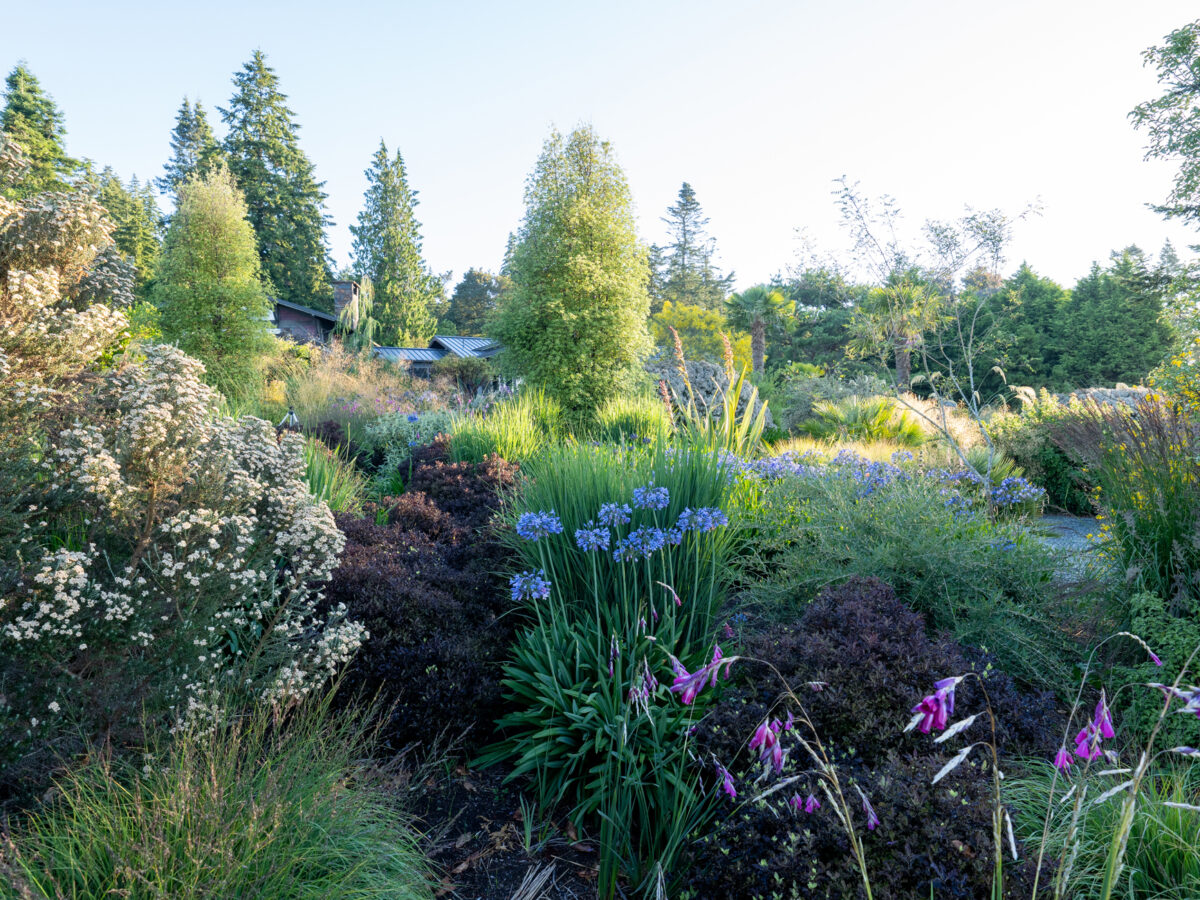
Thomas J. Story
Water conservation, reduced lawn areas, and swapping in organic practices (such as eliminating chemical pesticides and fertilizers) are all you have to do for this final step. And let’s be honest, if you’ve already gone through the last four check marks you are already there. Not only do native plantings reduce your water use, but they also stabilize and enrich the soil and do not need additional feeding or protection in the form of chemicals. Perhaps there was a reason they were growing here in the first place.
Have you checked all five boxes?! High fives all around—now go get yourself certified and share your love of vibrant and resilient landscaping with your neighbors with the hope of inspiring more happy habitats at each and every home.
We only recommend things we love. If you buy something through our site, we might earn a commission.
